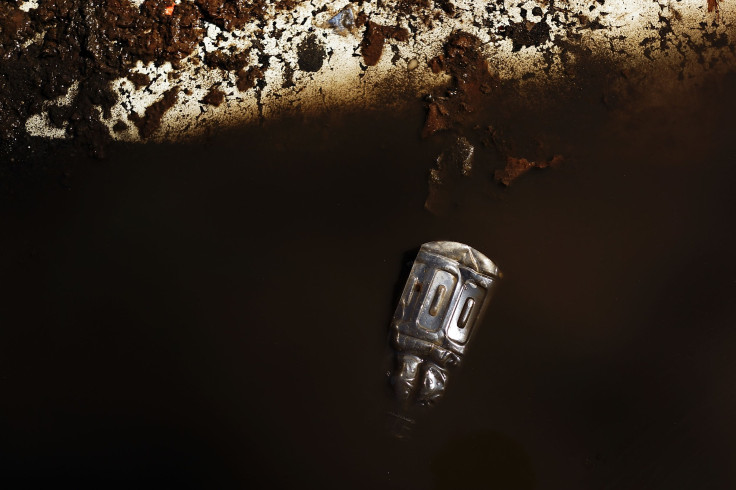Sea Creatures From 2011 Japanese Tsunami Riding Plastic Rafts Into US: Study

Sea creatures using plastic debris — that was swept out to sea by the 2011 Japanese tsunami — as rafts are still arriving on the U.S. shores, raising several questions. Living animals — mostly shellfish and crustaceans, along with marine worms, sea stars, sponges and even fish — continue to arrive year after year on to the coasts of the Pacific Northwest and California.
Scientists found that by February 2017, nearly 300 species of living organisms traveled nearly 4,300 miles and reached the shores of Washington, Oregon, California and Hawaii. Jim Carlton, professor of marine sciences at Williams College, and colleagues published a study that year in the journal Science giving details of the journey made by the creatures from Japan to North America. However, the animals are still arriving two years since the study.
Carlton said earlier this month at the American Association for the Advancement of Science annual meeting in Washington, D.C., that the most recent recorded sighting of a living animal — a tiny crab —was in last July. He said these creatures, which are adapted for life on the coasts, are somehow surviving at sea.
“What we’re waiting for is whether or not the spring 2019 pulse brings to North America the same arrival of Japanese tsunami marine debris and living species that it has for the past seven years,” Carlton said, according to Smithsonian.com.
Researchers got an opportunity for the first time to track a large debris field over an immense distance during the 2011 Tōhoku tsunami as this was the only time when they had a known origin point for the marine junk, which included boats, plastic docks, buoys, crates, ropes, and propane tanks.
“It was as if we had done a giant experiment, tossed out millions of objects with a date on them,” Carlton said, adding that much of the debris was made of plastic, unlike the last time Japan was hit by a tsunami of this size, in 1933.
Wooden objects degrade in the ocean in just two or three years as wood-eating worms feed on them, Carlton said, so any organisms that might be clinging to a wooden debris raft only have a couple years to make it to shore. However, that is not the case with plastic.
“We’re only sampling a fraction of the debris field,” Carlton said, adding that determining if a foreign organism is living in the debris takes time and effort. “It’s possible the species that will successfully invade will be a species we will not successfully detect.”
Carlton said his team might be missing some organisms, due to the tens of thousands of debris pieces associated with the tsunami.
Since 1995, when a population of 15 iguanas rafted 200 miles on trees ripped from the Caribbean island of Guadeloupe and some managed to survive to start a new colony on Anguilla, scientists have begun to study how animals of all kinds manage to raft across the seas.
© Copyright IBTimes 2024. All rights reserved.





















